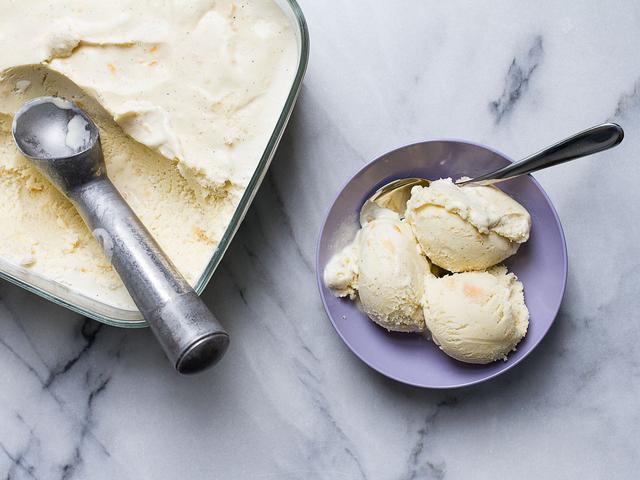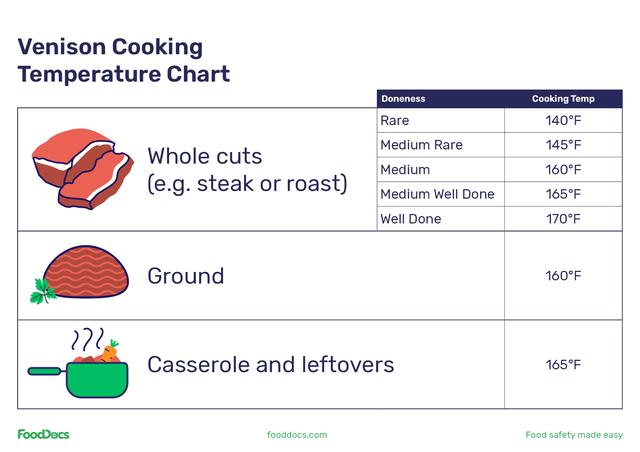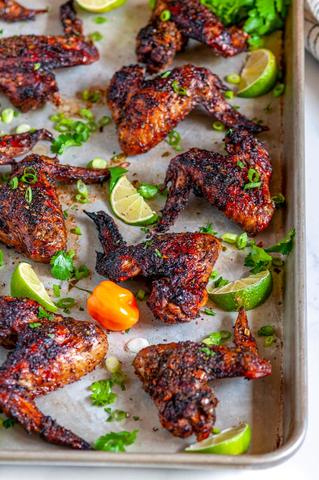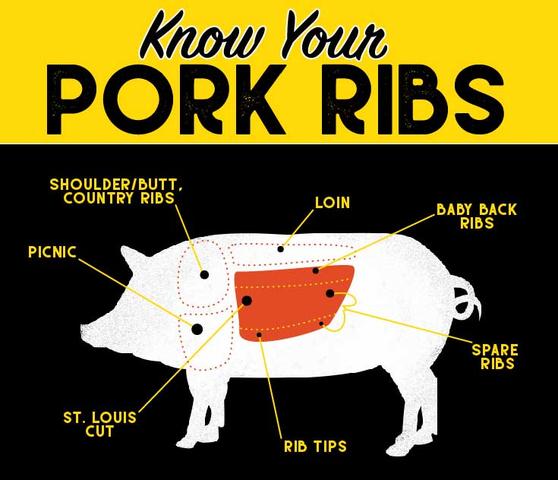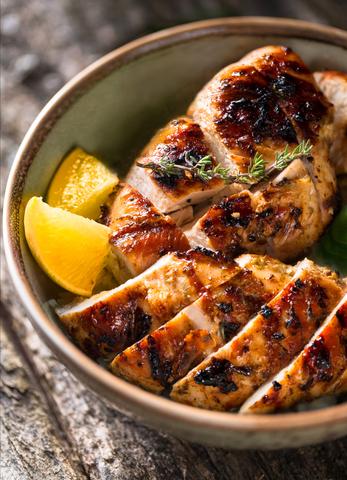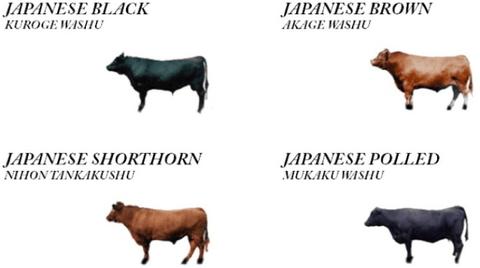
Discover the Exquisite World of Wagyu Breeds: Unveiling the Finest Cattle Varieties for Epicurean Delights. Dive into our captivating exploration of this legendary Japanese beef, renowned worldwide for its unmatched tenderness, marbling, and melt-in-your-mouth texture. Explore the rich heritage and meticulous rearing techniques behind each breed, as we unravel the secrets that make Wagyu a true gastronomic delight.
What are the four main breeds of Wagyu cows?

The four main breeds of Wagyu cows are Shorthorn (Nihon Tankaku), Brown (Akage), Black (Kuroge), and Polled (Mukaku). These breeds differ in physical color as well as the color and texture of the meat they produce.
Shorthorn Wagyu, also known as Nihon Tankaku, is a breed with a red coat color. Brown Wagyu, or Akage, has a brown coat color. Black Wagyu, or Kuroge, is the most common breed and has a black coat color. Polled Wagyu, or Mukaku, refers to any Wagyu cow that does not have horns.
How big do Wagyu cows get?

Wagyu cows can reach an impressive size once they have finished growing. Typically, it takes them between 400 and 450 days to reach full-grown. During this time, they can grow at a rate of around two pounds per day. Once fully grown, Wagyu cows can weigh about 1,500 pounds.
This is particularly remarkable considering that Wagyu calves are usually born smaller than calves of other breeds. Despite their slower growth rate, Wagyu cows are preferred by farmers because they require less feeding during their growing period. The majority of the dry feed they consume turns into fat, which contributes to the desired marbled fat appearance when the beef is cut.
In conclusion, Wagyu breeds have gained global recognition for their exceptional quality and unique marbling. With a rich history rooted in Japan, these cattle are now successfully bred in various countries. Their premium beef has become highly sought after, reflecting the superior taste and tenderness associated with Wagyu.
Learn More About Grilling
If you want to learn more about grilling, check out these other helpful resources!

